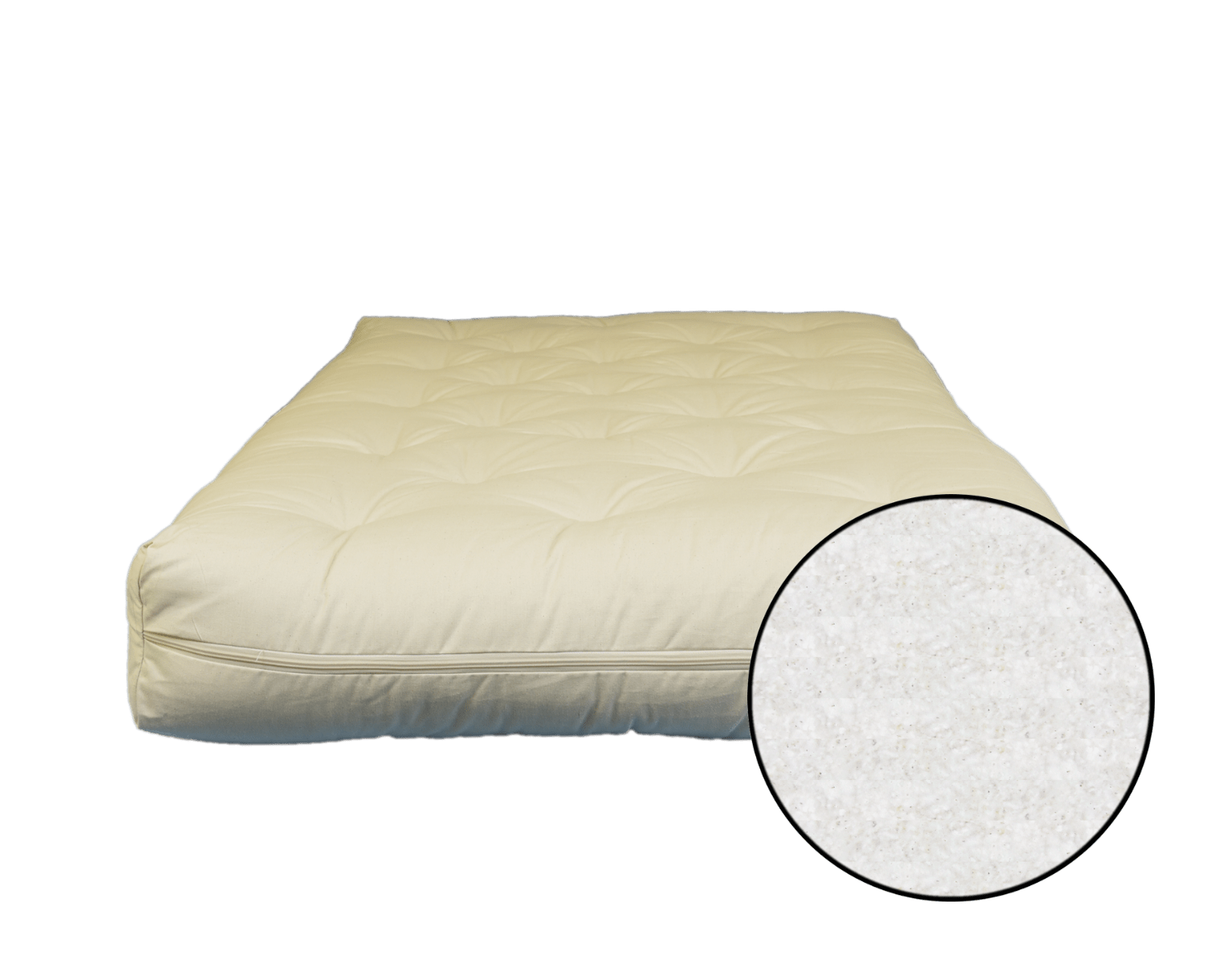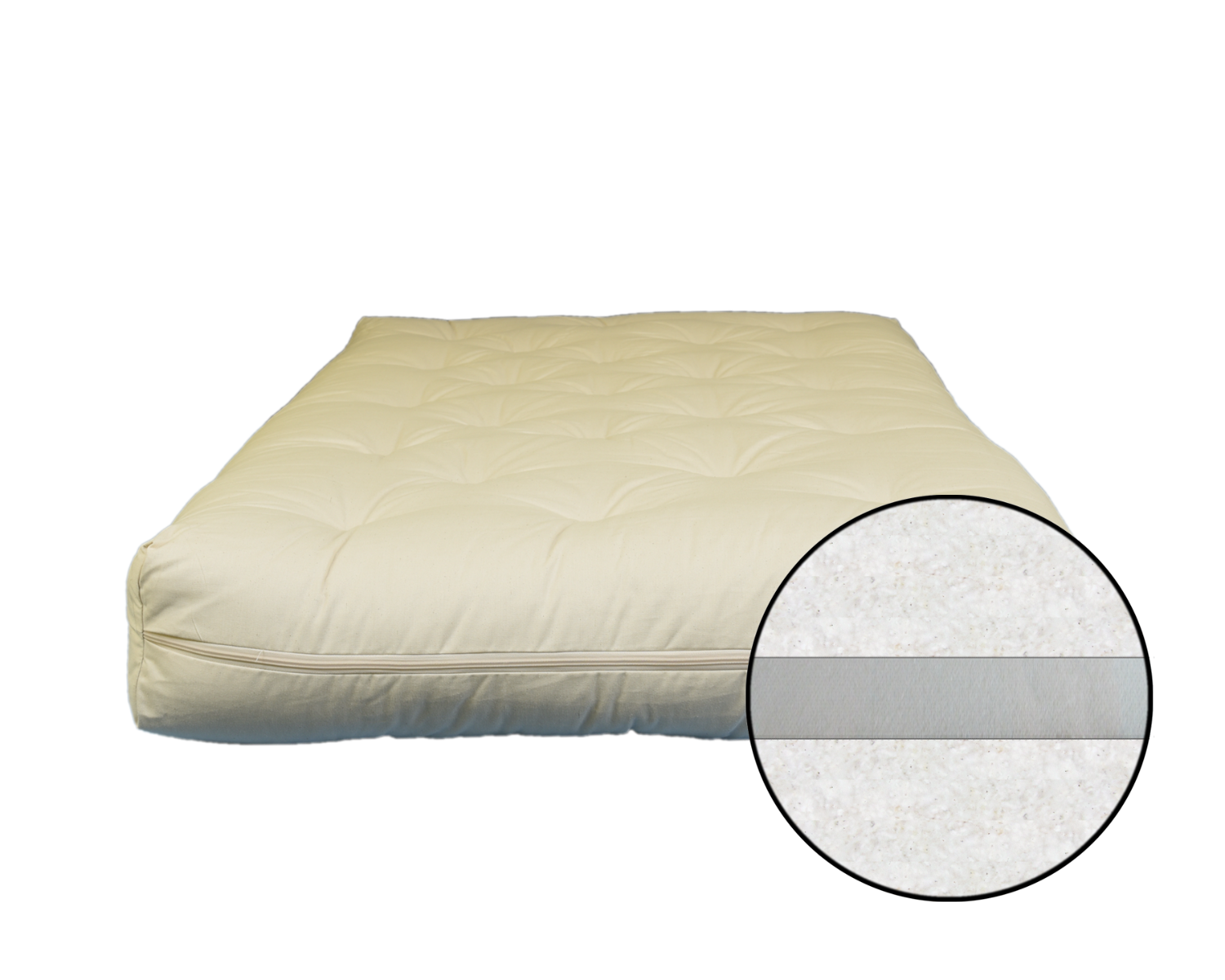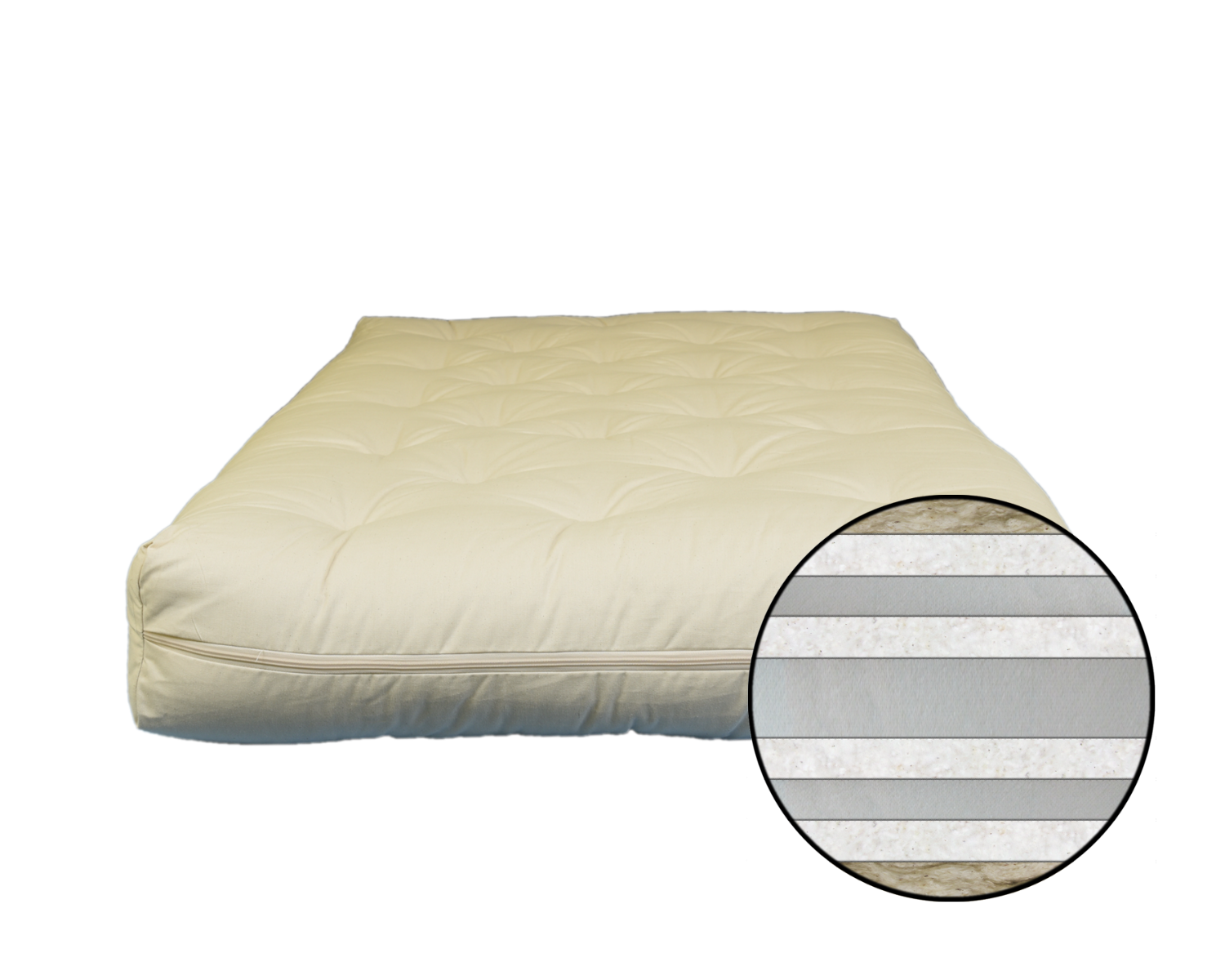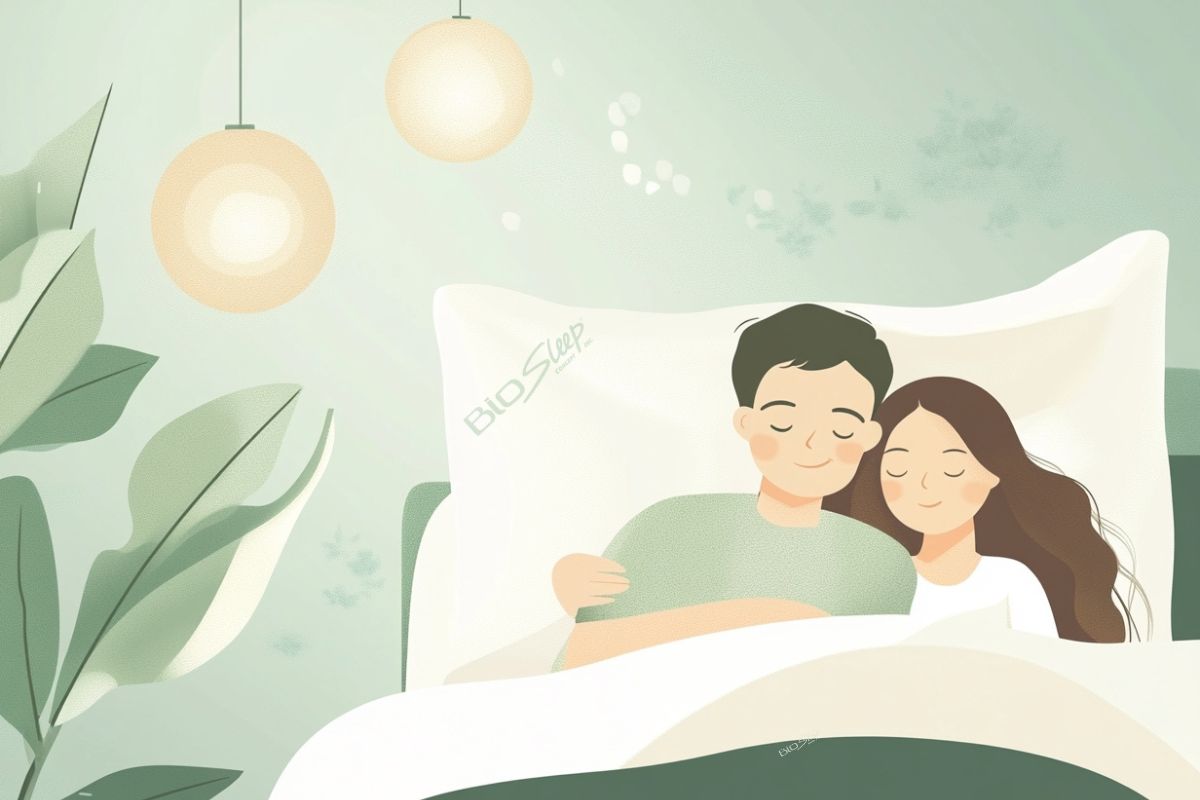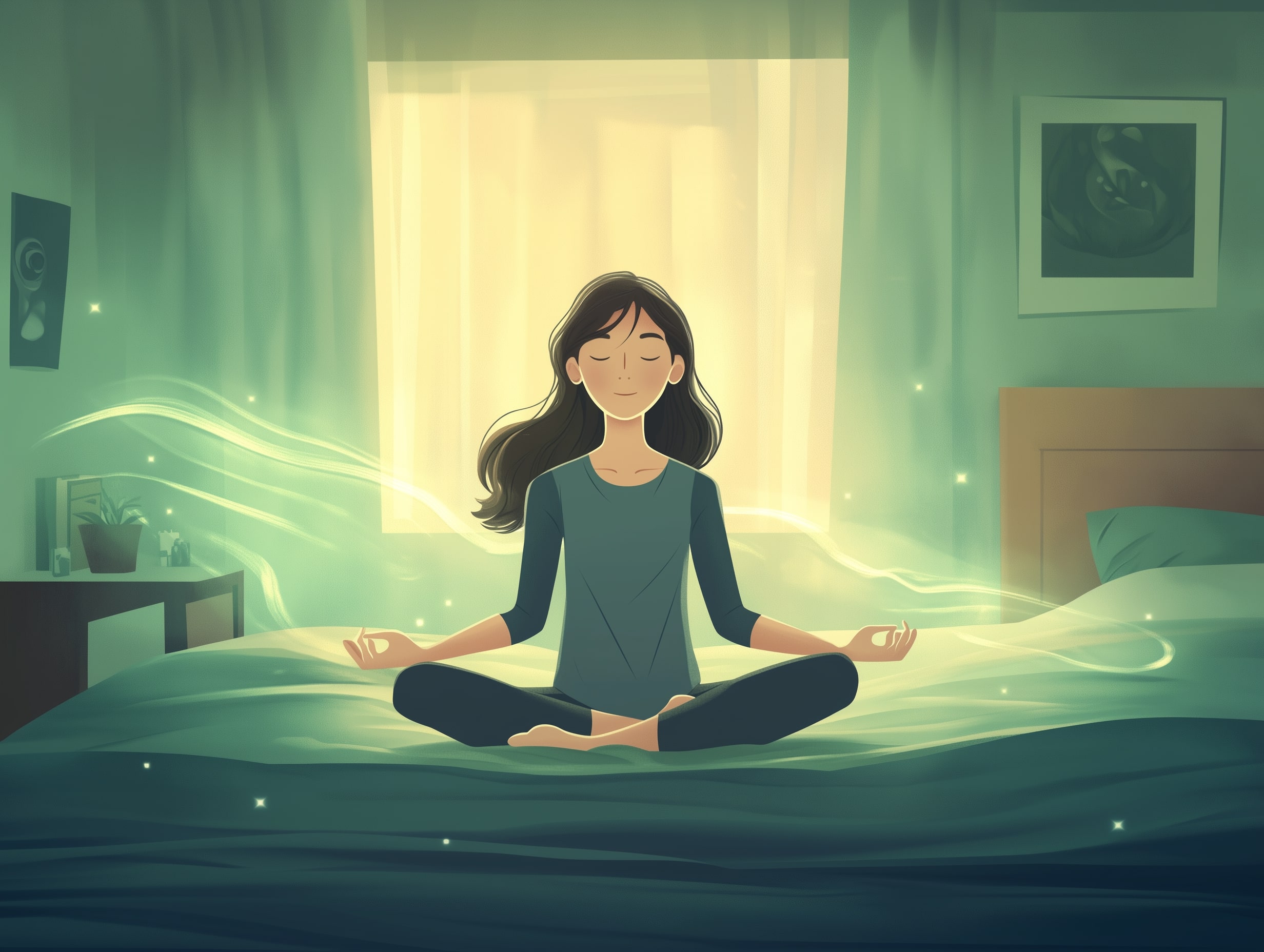Everyone, whether a teenager or a senior citizen, needs quality sleep to recover from their daily grind. It helps prepare mentally and physically for the next day. When something is so important, we should prioritize it and try to enhance its effectiveness.
If you notice people in your house or close friends circle, you’ll find they have different sleeping positions. While some may be side sleepers, others may prefer sleeping on their stomach.
There are numerous sleeping positions, but the back or supine position provides many advantages. The American Academy of Pediatrics highlights that supine positioning paired with good sleep hygiene can lower the risk of potential Sudden Infant Death Syndrome (SIDS) in little children.
If you often experience disturbed sleep or don’t get optimal benefits from sleeping, consider changing your sleep position to supine positioning.
If you’re unsure whether changing your sleeping position can give you substantial benefits or if it’s worth giving up your existing sleeping position, exploring its benefits, challenges, etc., can help you make an informed decision.
This blog covers everything from the benefits to challenges to tips to maximize comfort with back sleeping so you get all the information needed to proceed confidently.
Benefits of Sleeping on Your Back
The back sleeping position is considered one of the best because of the following benefits:
-
Helps with Spinal Alignment
The back sleeping position is considered one of the best because it supports your spine. Sleeping while lying on your back with your hands by your side is the closest to a relaxed standing position.
It effortlessly supports a healthy spinal alignment and provides maximum comfort when supplemented with supportive pillows and other bedding essentials.
-
Lowers Pain, Aches, and Other Body Tensions
If you often wake up feeling grumpy, achy, or tired even after sleeping the minimum recommended hours, it’s time to change your sleeping position.
Your sleeping position significantly influences the pain and discomfort your body experiences.
A 2017 study revealed that a supine position with hands on the chest or at the sides can prevent pain to a certain level.
-
Prevents Sinus Buildup
Individuals with sinus pressure or challenges can benefit from sleeping on their back. When you rest on your back, keeping your head slightly up using a comfortable pillow, you let gravity do its job by draining mucus and keeping your airways clear.
Side sleeping or sleeping on your stomach with your head down pools mucus in the sinuses, clogging your nasal passages.
-
Reduces Visible Fine Lines and Wrinkles
If your current sleep position involves sleeping on your face, it may pinch, pull, and irritate your skin, causing wrinkles and fine lines. Placing the face directly on the pillow creates friction, leading to these outcomes.
Changing your sleeping position, wherein your face doesn’t directly face the pillow, can prevent fine lines and wrinkles.
-
Relieves Acid Reflux Symptoms
People with acid reflux often experience disturbed sleep, which affects their daily lives. A study reveals that sleeping on the back can relieve acid reflux symptoms as it puts the head in an elevated position, preventing stomach acid from rising to the esophagus.
Challenges of Supine Position
While sleeping on your back is advantageous, it isn’t recommended for everyone because of the following challenges:
-
Pregnancy
Women in their late-term pregnancy should avoid sleeping on their back as this position may reduce the blood flow to their fetus, increasing the potential risk of low birth weight. They are advised to choose side sleeping with a support pillow for better sleep.
-
Obstructive Sleep Apnea (OSA)
People diagnosed with OSA have difficulty breathing because of airway blockages during sleep. According to a study, OSA symptoms can worsen if you sleep on your back. Side sleeping can be better for people with OSA.
-
Heartburn
Some people may experience heartburn while sleeping on their back. If you don’t want to change your sleeping position, consider limiting your consumption of spicy, fatty, and acidic food.
You should also get a wedge pillow to elevate your upper body, and reduce heartburn symptoms while sleeping on your back.
-
Chronic Snoring
Unfortunately, sleeping on your back may increase snoring in some individuals, disrupting your sleep quality. It can also become frustrating and annoying for people who sleep in the same room. If you frequently sleep on your back, you may control your snoring by elevating your head using a second pillow.
-
Maximizing Comfort While Sleeping on Your Back
Adjusting to the supine position may be challenging if you had a different sleeping position for most of your life. However, you can adapt to this sleep position by sleeping on an adjustable bed that supports your back, knees, and head for optimal comfort.
You can also place a comfortable pillow behind your lower back and knees for instant pain relief and support, facilitating sound sleep in a supine position.
Eating acidic, spicy, fatty, or heavy meals before sleeping should be avoided for better sleep. Surrounding yourself with additional pillows can contribute to comfort, making the supine position more comfortable and relaxing.
Experience Better Sleep with Supine Sleeping Position
While there are numerous sleeping positions, such as stomach sleeping, log sleeping position, side sleeping, etc., back sleeping turns out to be the most effective and beneficial.
People who sleep on their back experience multiple benefits, including reduced back pain due to spinal alignment, clear skin due to no face-pillow friction, improved breathing due to an elevated head, and more. It will take time to adjust if you’re new to back sleeping.
However, you can follow the tips discussed in this blog to get used to the supine position while maximizing your comfort. If you’re pregnant or diagnosed with OSA, chronic snoring, severe heartburn, etc., then we recommend avoiding back sleeping for health reasons. You can consult your doctor for personalized recommendations.


